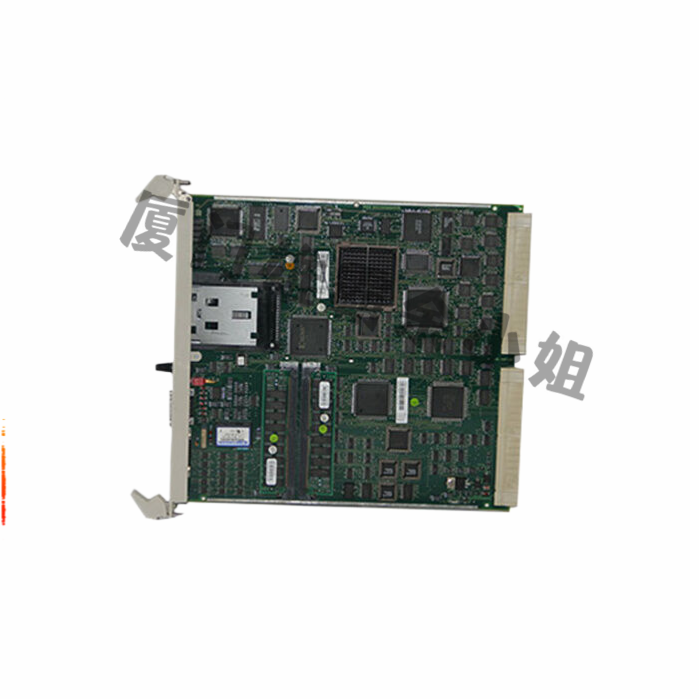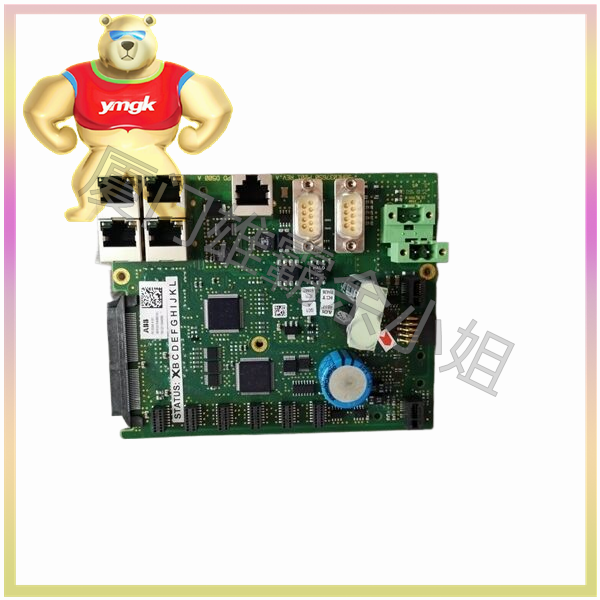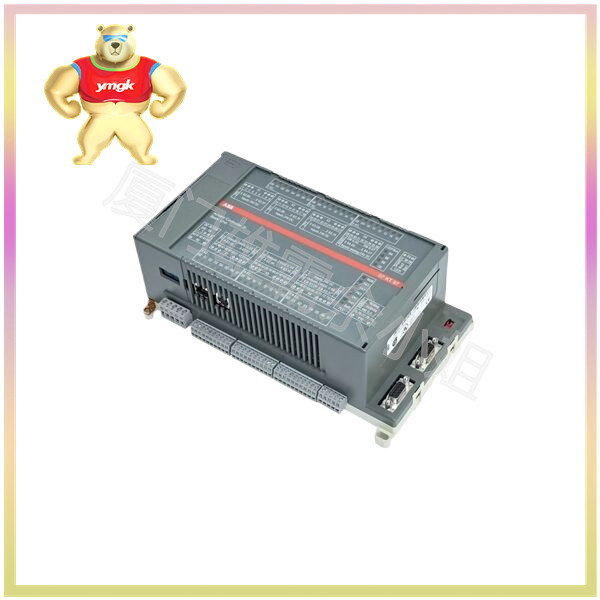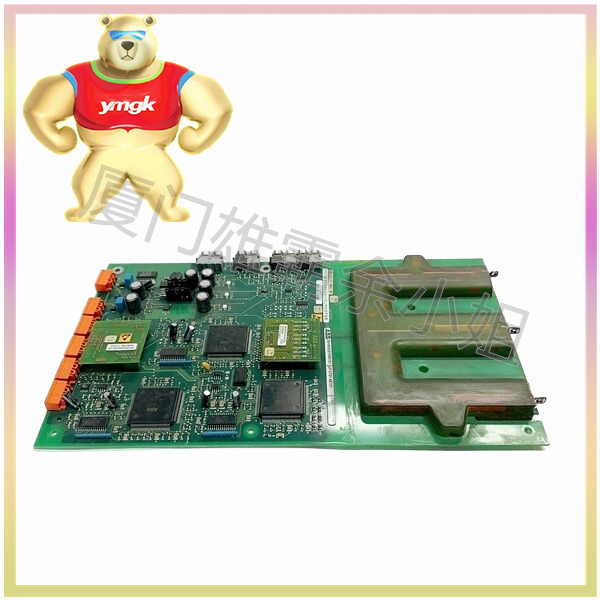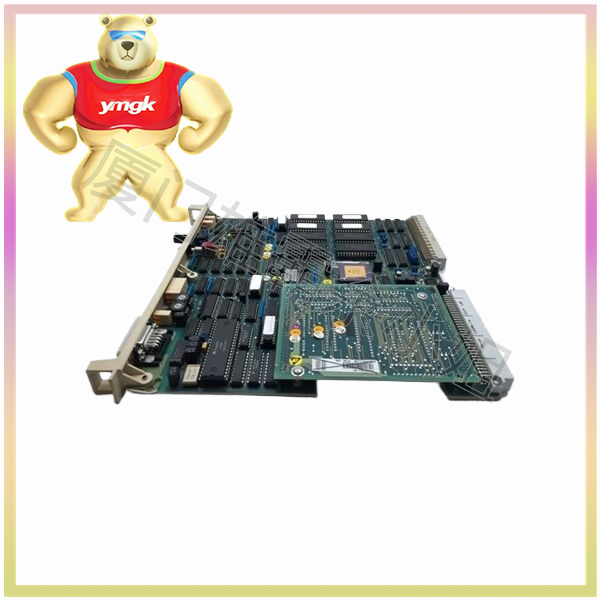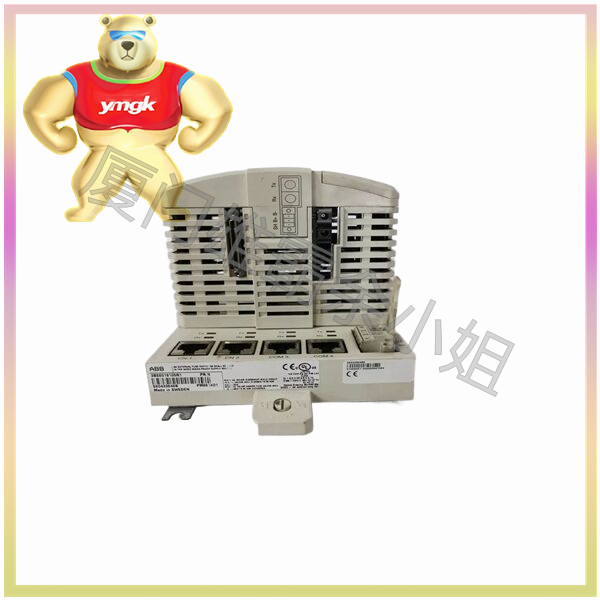1、 Definition and Overview
PLC control system
PLC is an electronic system for digital operations, designed specifically for industrial environments. It uses programmable memory to store user oriented instructions such as programs, perform logical operations, sequence control, timing, counting, and arithmetic operations, and controls various types of machinery or production processes through digital or analog input/output. PLC control systems are widely used in various industrial automation scenarios due to their high reliability, powerful functionality, and flexibility.
Relay control system
Relay control system is an automation system that uses relays to achieve control functions, mainly composed of relays, contactors, switches, etc. It controls the main circuit by controlling the current or voltage in the circuit to activate the relay or contactor. Relay control systems have the characteristics of simple structure, low cost, and high reliability, and are suitable for various industrial control and automation equipment.
2、 Functions and Applications
Functional differences
PLC control system: With strong programming ability and flexibility, it can adapt to complex industrial control processes and production needs. It supports multiple programming languages (such as ladder diagrams, instruction lists, etc.), making it convenient for users to program and debug. In addition, the PLC control system also has high scalability and maintainability, which can increase or decrease input and output modules according to production needs, making it convenient for users to upgrade and expand the system.
Relay control system: mainly achieves control functions through the opening and closing actions of relays, and its logic control is relatively simple. The relay control system is suitable for simple control logic and scenarios, such as motor control, lighting control, etc. However, for complex control logic and scenarios, the implementation difficulty and cost of relay control systems will significantly increase.
Application scenarios
PLC control system: widely used in various fields such as automation production control, process control, logistics control, and data processing. In large-scale industrial automation projects, PLC control systems can implement complex control logic and algorithms, improving production efficiency and product quality. For example, on automated production lines, PLC control systems can achieve precise control of parameters such as the speed and position of conveyor belts, enabling fast and efficient logistics operations.
Relay control system: mainly suitable for simple control logic and scenarios, such as motor control, lighting control, etc. Relay control systems are widely used in small devices and simple control systems due to their simple structure and low cost. However, in complex control logic and scenarios, the implementation difficulty and cost of relay control systems will significantly increase, thus gradually being replaced by PLC control systems.
3、 Performance and Features
reliability
PLC control system: using high-quality electronic components and modular design, capable of long-term stable operation in complex industrial environments. In addition, the PLC control system also has self diagnostic function and protective measures, which can automatically alarm and restore operations in case of faults, improving the reliability of the system.
Relay control system: Although it has high reliability, its reliability may be affected to some extent in complex industrial environments due to factors such as relay opening and closing actions and contact wear. In addition, troubleshooting and maintenance of relay control systems are relatively difficult and require professional technicians to operate.
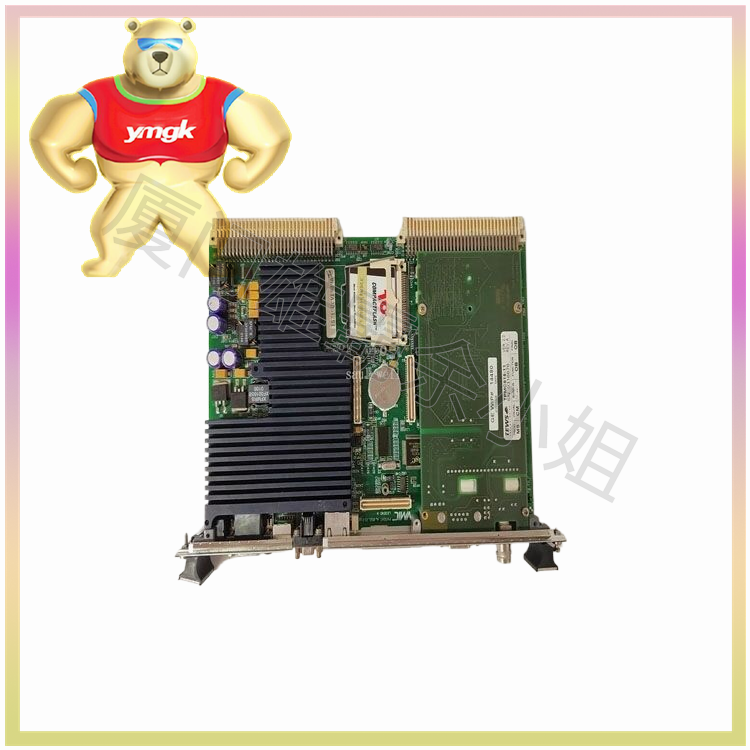
flexibility
PLC control system: It has high flexibility and can be programmed and debugged according to production needs to implement various complex control logics and algorithms. In addition, the input and output modules of the PLC control system can be expanded and replaced as needed, making it convenient for users to upgrade and expand the system.
Relay control system: Its flexibility is relatively low, mainly relying on the opening and closing actions of relays to achieve control functions. For complex control logic and scenarios, a large number of relays and circuits need to be added to achieve them, which increases the complexity and cost of the system.
Programming and Maintenance
PLC control system: using a simple programming language and graphical interface, convenient for users to program and debug. In addition, the modular design of the PLC control system makes it easy to maintain, allowing for quick replacement of faulty modules, reducing downtime and maintenance costs.
Relay control system: Its programming and maintenance are relatively difficult and require professional technicians to operate. For complex control systems, the troubleshooting and maintenance process is cumbersome, requiring a significant amount of time and labor costs.
4、 Summary and Induction
PLC control systems and relay control systems each have advantages in the field of industrial automation and control. PLC control systems have become the preferred solution for complex industrial automation projects due to their high reliability, powerful functionality, and flexibility; The relay control system is widely used in small equipment and simple control systems due to its simple structure and low cost. In practical applications, it is necessary to select a suitable control system based on specific needs and scenarios to achieve the best results in industrial automation and control.

